Solar energy has transformed how tourist attractions operate, reducing environmental impact while demonstrating the practical applications of renewable technology to millions of visitors annually. These forward-thinking destinations use photovoltaic systems, solar thermal heating, and passive solar design to minimize their carbon footprints while maintaining world-class visitor experiences.
Beyond environmental benefits, solar-powered attractions often incorporate educational components that teach visitors about renewable energy, sustainable design, and environmental stewardship through hands-on demonstrations and interactive exhibits. The integration of solar technology into tourist destinations represents a growing trend that combines entertainment with environmental education, creating meaningful experiences that inspire visitors to consider renewable energy for their own homes and communities.
Here is a list of 20 solar-powered attractions demonstrating green travel principles across America.
California Academy of Sciences
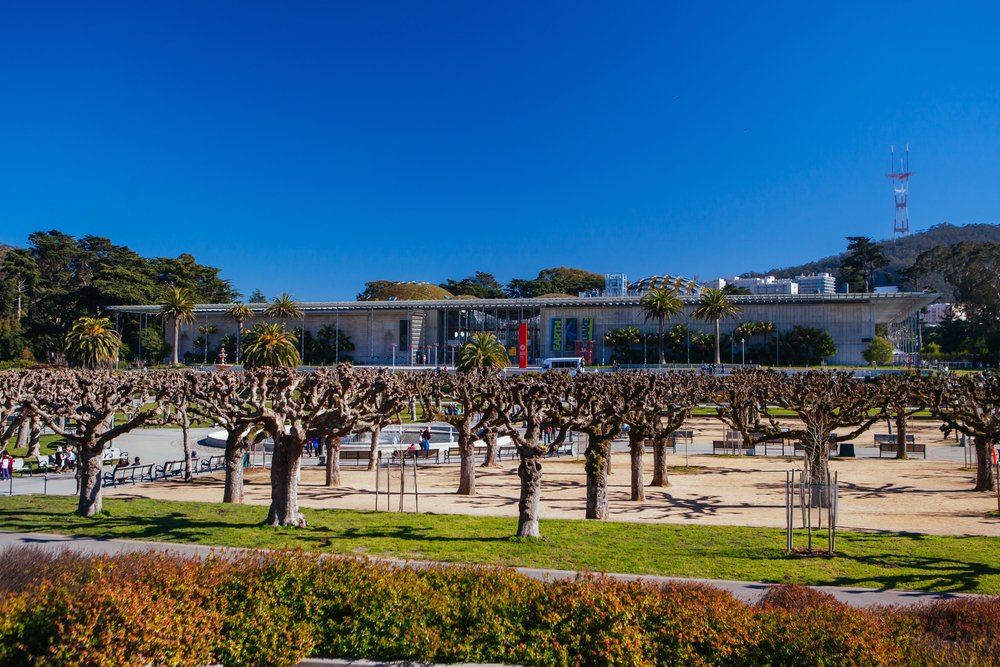
San Francisco’s California Academy of Sciences operates as one of the world’s most sustainable museums, featuring a 2.5-acre living roof powered entirely by renewable energy sources, including an extensive network of solar panel installations. The building’s innovative design captures natural light through skylights while solar collectors provide heating for the facility’s multiple climate zones, from tropical rainforest to polar environments.
The museum’s energy systems serve as living exhibits themselves, with real-time displays showing visitors exactly how much solar energy is being generated and consumed throughout the day. Interactive exhibits explain renewable energy principles while the building demonstrates practical applications of sustainable design and solar technology integration.
Denver International Airport

Colorado’s Denver International Airport operates one of the largest airport solar installations in the United States, generating clean energy to power terminal operations while showcasing renewable technology to millions of travelers annually. The solar farm covers 100 acres with over 38,000 panels, producing enough electricity to power approximately 6,000 homes while reducing the airport’s carbon footprint significantly.
Passengers can observe the installation from aircraft during takeoff and landing, while terminal displays provide real-time information about energy production and environmental impact. The project demonstrates how large-scale transportation facilities can integrate renewable energy while maintaining operational efficiency and passenger safety standards.
Like Travel Pug’s content? Follow us on MSN.
Solar Living Center
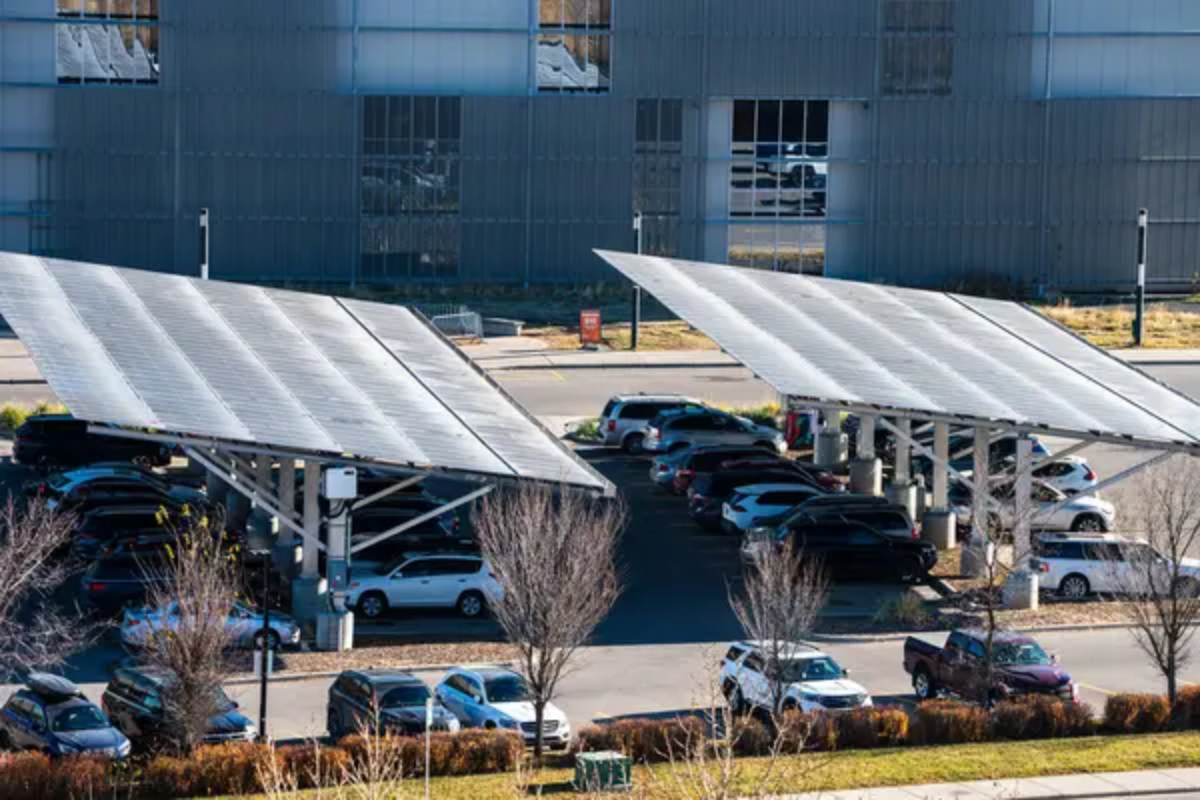
California’s Solar Living Center in Hopland functions as both a retail destination and educational facility, showcasing renewable energy technologies through interactive displays, demonstration projects, and sustainable building design. The 12-acre site features multiple solar installations, from residential-scale systems to innovative applications like solar-powered water features and lighting systems throughout the property.
Visitors can participate in workshops, tours, and hands-on demonstrations highlighting photovoltaic technology, energy storage systems, and sustainable living practices in accessible, engaging formats. The center’s retail operations are entirely solar-powered, proving that renewable energy can support commercial activities while educating consumers about green technology options.
National Renewable Energy Laboratory
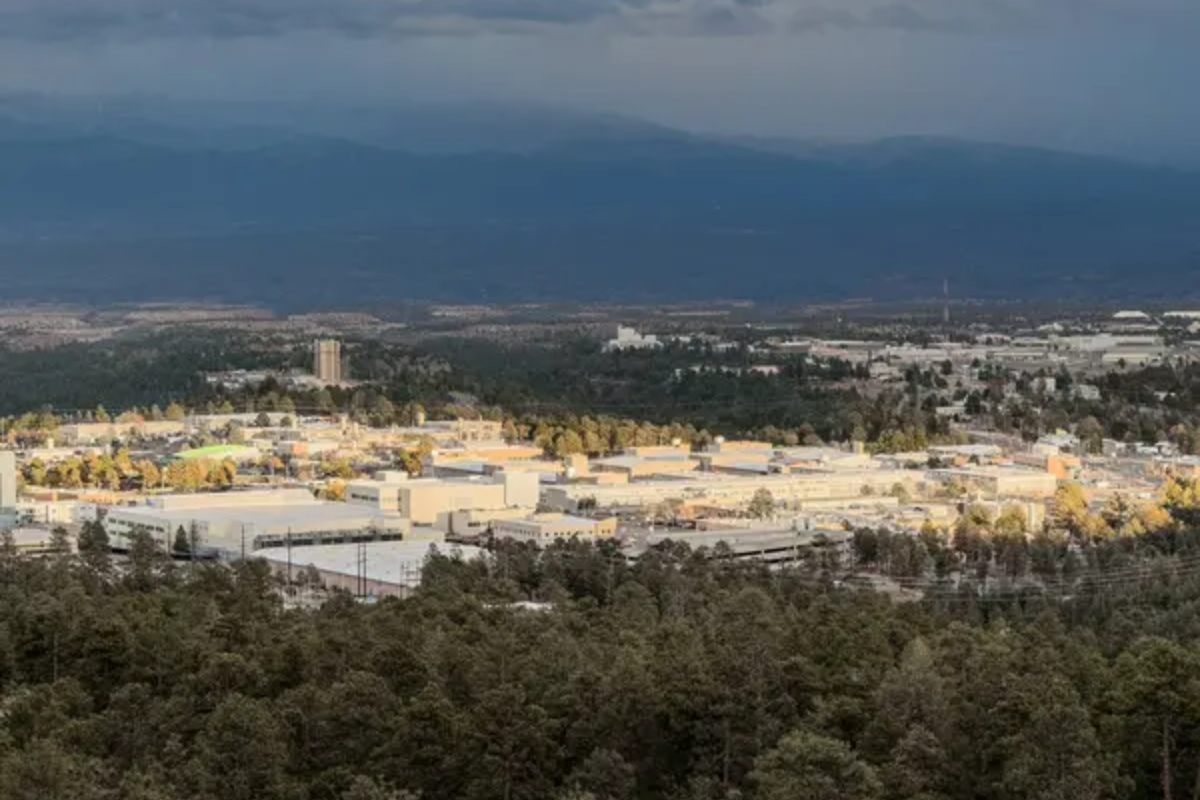
Colorado’s National Renewable Energy Laboratory opens its facilities for public tours, allowing visitors to see cutting-edge solar research and development in action while learning about the future of renewable energy. The campus features numerous solar installations representing different technologies and applications, from traditional photovoltaic arrays to concentrated solar power systems and building-integrated solar designs.
Guided tours explain ongoing research projects while demonstrating how solar technology continues evolving to become more efficient and cost-effective for widespread adoption. The laboratory’s work directly influences renewable energy policies and technologies implemented throughout the United States and internationally.
Bronx Zoo

New York’s Bronx Zoo has integrated solar technology throughout its 265-acre facility, powering exhibits, visitor services, and animal care facilities while demonstrating environmental stewardship to over two million annual visitors. Solar panels on exhibit buildings and service facilities generate clean electricity while reducing operating costs that can be redirected toward conservation programs and animal care.
The zoo’s commitment to renewable energy aligns with its broader conservation mission, creating educational opportunities that connect local environmental action with global conservation efforts. Interactive exhibits explain how renewable energy supports wildlife conservation while reducing human environmental impact on natural habitats.
Like Travel Pug’s content? Follow us on MSN.
Disney’s Animal Kingdom

Florida’s Disney’s Animal Kingdom operates extensive solar installations that power park operations while demonstrating how entertainment destinations can reduce environmental impact without compromising visitor experiences. The theme park’s solar facilities generate millions of kilowatt-hours annually while educating guests about renewable energy through interactive exhibits and conservation messaging throughout the park.
Disney’s commitment to environmental stewardship includes goals for carbon neutrality that rely heavily on solar power generation and energy efficiency improvements. The integration of solar technology into park operations proves that large-scale entertainment facilities can operate sustainably while maintaining magical experiences for millions of visitors.
Chattanooga Aquarium

Tennessee’s Tennessee Aquarium utilizes solar energy to power exhibit systems, lighting, and climate control while educating visitors about environmental conservation and renewable energy technologies. The facility’s solar installations reduce operating costs while supporting the aquarium’s mission to inspire environmental stewardship through education and conservation programs.
Interactive exhibits connect renewable energy concepts with aquatic ecosystem conservation, demonstrating how human energy choices impact water quality and marine life. The aquarium’s sustainable operations serve as models for other cultural institutions seeking to reduce environmental impact while maintaining educational excellence.
San Antonio Zoo

Texas’ San Antonio Zoo has implemented comprehensive solar energy systems that power animal exhibits, visitor facilities, and conservation programs while demonstrating environmental leadership to diverse audiences. The zoo’s solar installations generate significant portions of the facility’s electricity needs while reducing operating costs that support animal care and conservation initiatives.
Educational programs connect renewable energy topics with wildlife conservation, helping visitors understand how individual energy choices impact global environmental conditions. The zoo’s commitment to sustainability extends beyond solar power to include water conservation, waste reduction, and habitat restoration projects.
Like Travel Pug’s content? Follow us on MSN.
Crystal Bridges Museum
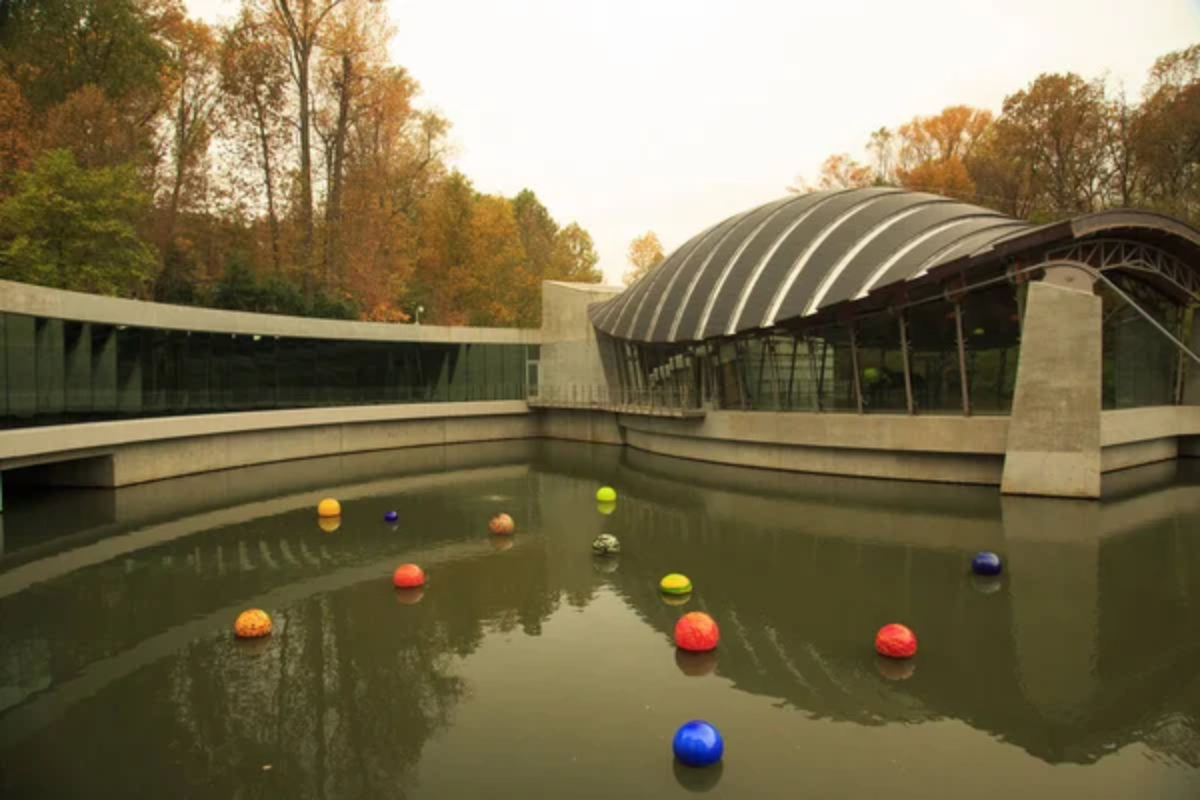
Arkansas’ Crystal Bridges Museum of American Art incorporates solar technology into its award-winning sustainable design, generating renewable energy while providing world-class cultural experiences in an environmentally responsible facility. The museum’s solar installations complement passive solar design elements that minimize energy consumption while maintaining optimal conditions for art preservation and visitor comfort.
Educational programs explain how cultural institutions can operate sustainably while preserving artistic heritage for future generations. The museum’s integration of renewable energy with architectural excellence demonstrates that environmental responsibility and aesthetic achievement can work together seamlessly.
Philadelphia Zoo

Pennsylvania’s Philadelphia Zoo operates solar installations that power animal care facilities, exhibits, and visitor services while educating urban audiences about renewable energy applications and environmental stewardship. The zoo’s solar systems reduce operational costs while supporting conservation programs that protect endangered species and their habitats.
Educational exhibits connect renewable energy concepts with wildlife conservation, demonstrating how sustainable human activities support biodiversity and ecosystem health. The zoo’s location in a major metropolitan area provides opportunities to reach diverse audiences with environmental education and renewable energy information.
Oregon Zoo

Oregon’s Oregon Zoo utilizes solar energy throughout its facilities, powering animal exhibits, visitor services, and conservation programs while demonstrating environmental leadership to Pacific Northwest communities. The zoo’s renewable energy systems align with Oregon’s commitment to environmental sustainability while reducing operational costs that support animal care and conservation initiatives.
Educational programs explain how zoos contribute to global conservation efforts while minimizing their environmental impact through renewable energy and sustainable practices. The facility’s solar installations serve as examples of how cultural institutions can operate responsibly while maintaining excellence in education and conservation.
Like Travel Pug’s content? Follow us on MSN.
Monterey Bay Aquarium

California’s Monterey Bay Aquarium operates extensive solar installations that power exhibit systems, research facilities, and educational programs while demonstrating marine conservation and environmental stewardship to millions of visitors. The aquarium’s renewable energy systems reduce operating costs while supporting ocean conservation research and public education initiatives.
Interactive exhibits connect renewable energy concepts with marine ecosystem protection, showing visitors how land-based energy choices impact ocean health and marine life. The facility’s commitment to sustainability extends throughout operations, from renewable energy to sustainable seafood programs and ocean conservation research.
Lincoln Park Zoo
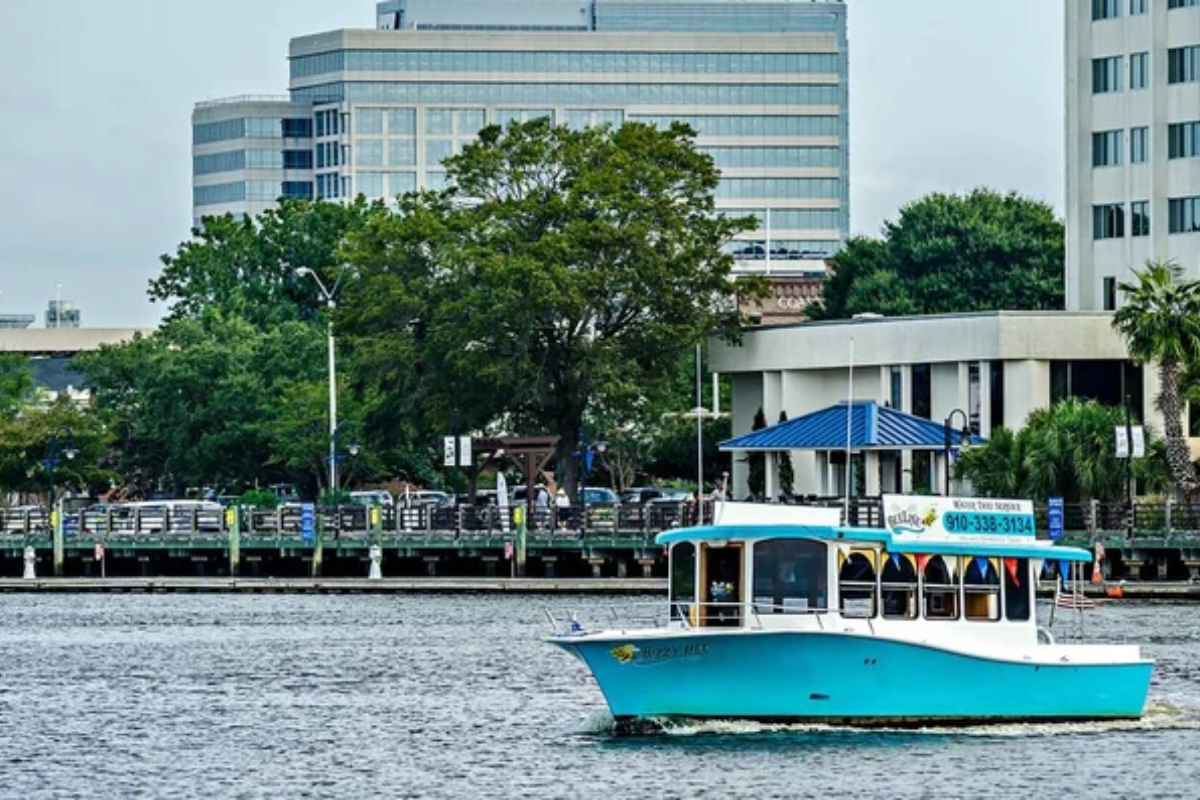
Illinois’ Lincoln Park Zoo in Chicago utilizes solar energy to power animal care facilities, exhibits, and visitor services while providing free admission supported by sustainable operations and renewable energy cost savings. The zoo’s solar installations demonstrate environmental stewardship to urban audiences while reducing operational expenses that support conservation programs and educational initiatives.
Educational exhibits explain how renewable energy supports wildlife conservation while encouraging visitors to consider solar options for their own homes and communities. The zoo’s commitment to accessibility and sustainability creates models for urban cultural institutions seeking environmental responsibility.
Houston Zoo

Texas’ Houston Zoo operates solar energy systems that power animal exhibits, visitor facilities, and conservation programs while educating diverse metropolitan audiences about renewable energy and environmental stewardship. The zoo’s solar installations reduce operating costs while supporting global conservation initiatives that protect endangered species and their habitats.
Educational programs connect renewable energy topics with wildlife conservation, helping visitors understand how individual choices impact global environmental conditions. The facility’s location in America’s fourth-largest city provides opportunities to reach millions of people with environmental education and renewable energy information.
Like Travel Pug’s content? Follow us on MSN.
North Carolina Zoo

North Carolina’s state zoo utilizes solar energy throughout its 2,600-acre facility, powering animal care systems, visitor services, and conservation programs while demonstrating environmental leadership to regional audiences. The zoo’s extensive solar installations reduce operational costs while supporting conservation research and educational initiatives that promote environmental stewardship.
Educational exhibits explain how renewable energy supports wildlife conservation while encouraging visitors to adopt sustainable practices in their daily lives. The zoo’s commitment to sustainability includes habitat restoration, species conservation, and environmental education programs that connect local actions with global conservation efforts.
Smithsonian National Zoo

Washington D.C.’s National Zoo incorporates solar technology throughout its facilities, powering animal exhibits, research programs, and visitor services while demonstrating environmental stewardship to national and international audiences. The zoo’s renewable energy systems reduce operating costs while supporting conservation research and educational initiatives that promote global environmental awareness.
Educational programs connect renewable energy concepts with wildlife conservation, showing visitors how sustainable human activities support biodiversity and ecosystem health. The facility’s location in the nation’s capital provides unique opportunities to influence environmental policy and public awareness about renewable energy applications.
Stone Zoo

Massachusetts’ Stone Zoo operates solar installations that power animal care facilities, exhibits, and educational programs while demonstrating environmental responsibility to New England communities. The zoo’s renewable energy systems reduce operational costs while supporting conservation initiatives that protect local and global wildlife populations.
Educational exhibits explain how cultural institutions can operate sustainably while maintaining excellence in animal care and public education. The zoo’s commitment to environmental stewardship includes renewable energy, habitat restoration, and conservation programs that connect regional environmental action with global conservation efforts.
Like Travel Pug’s content? Follow us on MSN.
Audubon Aquarium

Louisiana’s Audubon Aquarium of the Americas utilizes solar energy to power exhibit systems, research facilities, and educational programs while demonstrating environmental stewardship in a region heavily dependent on traditional energy industries. The aquarium’s renewable energy installations reduce operating costs while supporting marine conservation research and public education about sustainable practices.
Interactive exhibits connect renewable energy concepts with aquatic ecosystem protection, showing visitors how energy choices impact water quality and marine life health. The facility’s commitment to sustainability provides models for environmental responsibility in communities transitioning toward renewable energy adoption.
Woodland Park Zoo

Washington’s Woodland Park Zoo in Seattle operates comprehensive solar installations that power animal care facilities, exhibits, and conservation programs while demonstrating environmental leadership to Pacific Northwest communities committed to sustainability. The zoo’s renewable energy systems reduce operational costs while supporting global conservation initiatives and environmental education programs.
Educational exhibits explain how zoos contribute to species conservation while minimizing their environmental impact through renewable energy and sustainable operational practices. The facility’s location in an environmentally conscious city provides opportunities to reach audiences already interested in sustainable living and renewable energy applications.
Fort Worth Zoo

Texas’ Fort Worth Zoo utilizes solar energy throughout its facilities, powering animal exhibits, visitor services, and conservation programs while educating metropolitan audiences about renewable energy and environmental stewardship. The zoo’s solar installations reduce operating costs while supporting conservation research and educational initiatives that promote global environmental awareness.
Educational programs connect renewable energy topics with wildlife conservation, helping visitors understand the connections between human energy choices and ecosystem health. The zoo’s commitment to sustainability includes renewable energy, conservation research, and educational programs that inspire environmental stewardship among diverse audiences.
Like Travel Pug’s content? Follow us on MSN.
Powering Tomorrow’s Adventures

Solar-powered attractions demonstrate that environmental responsibility and exceptional visitor experiences can coexist successfully, creating sustainable tourism models that educate while entertaining millions of people annually. These forward-thinking destinations prove that renewable energy technologies can support large-scale operations while reducing environmental impact and operational costs simultaneously.
The educational components integrated into these attractions inspire visitors to consider renewable energy for their own homes and communities, multiplying the environmental benefits far beyond the individual facilities. As solar technology continues improving and costs decrease, more tourist destinations are likely to adopt renewable energy systems, creating a tourism industry that actively contributes to environmental solutions rather than simply minimizing negative impacts.
More from Travel Pug

- 20 Best Beach Towns in the Carolinas
- 13 Destinations Where Tourists Regularly Regret Their Trip
- 20 Destinations That Are More Magical Without an Itinerary
- 20 Underrated Adventures That Belong on Your Travel List
- 20 Cities Where You Should Just Wing It, No Planning Required
Like Travel Pug’s content? Follow us on MSN.
